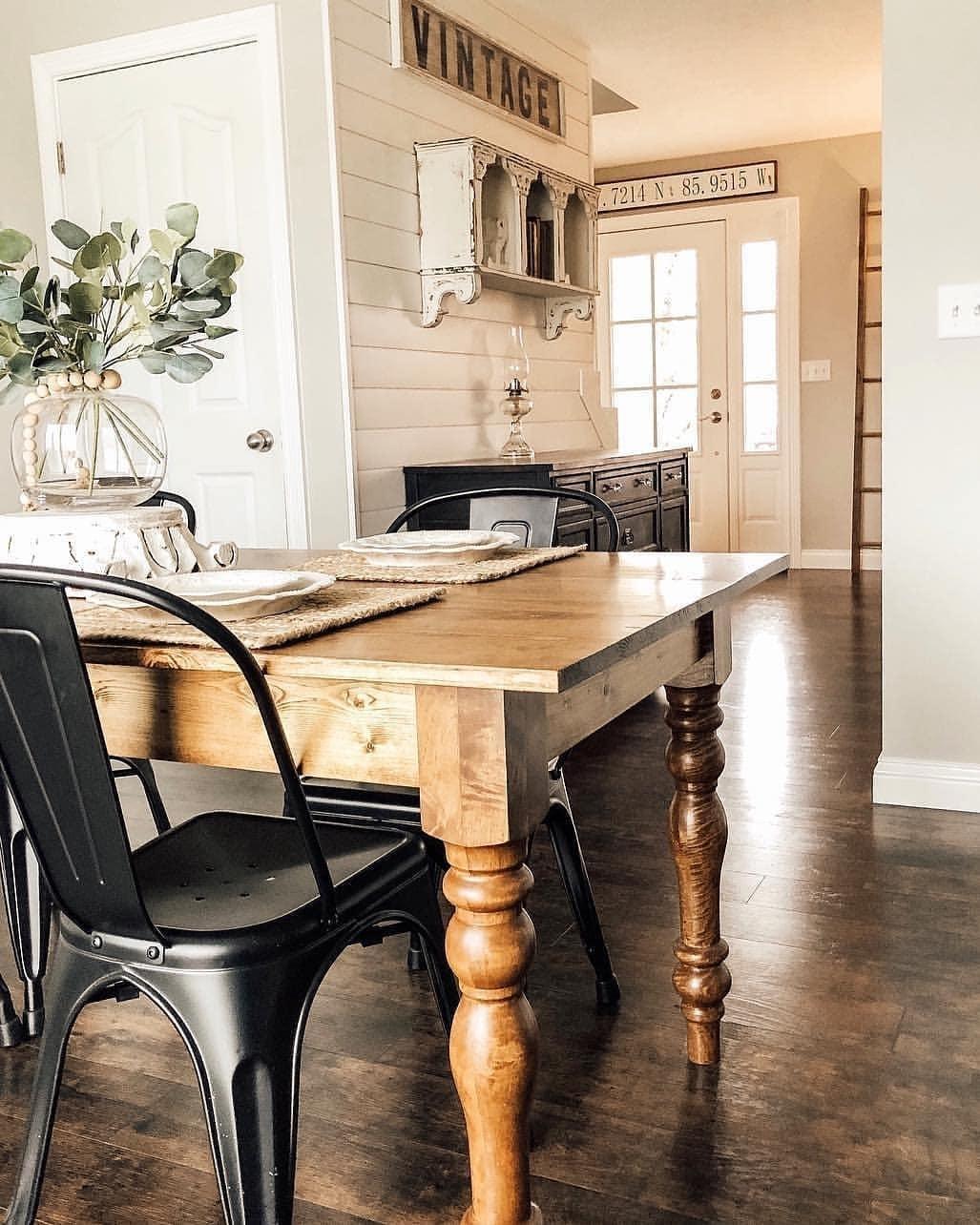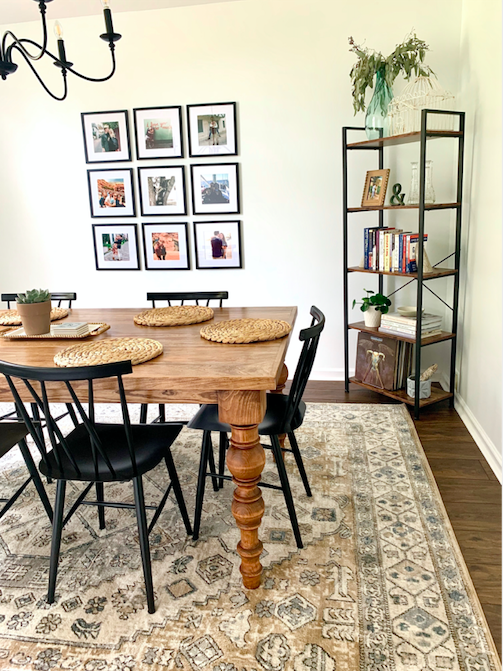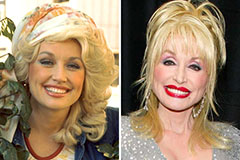From Conventional to Modern: Locate the Ideal Eating Area Table Legs for Your Design
The option of dining area table legs plays an essential function in specifying the total character of your room, linking the void between conventional workmanship and modern appearances. While timeless layouts such as cabriole and turned legs evoke a sense of timeless sophistication, contemporary styles like hairpin and geometric choices present a chance for striking aesthetic passion. Examining the best equilibrium between these styles calls for a nuanced understanding of your existing decoration and personal taste. As you consider these aspects, the question stays: how can you flawlessly integrate these diverse leg styles to create a harmonious eating experience?
Comprehending Table Leg Styles
The variety of eating area table leg styles can significantly affect both the appearances and functionality of the space. Each leg design contributes unique useful attributes and visual aspects, providing to diverse layout choices and usage needs. Understanding these styles is crucial for picking the appropriate dining table that lines up with your total interior decoration vision.
For example, tapered legs supply a tidy, classic appearance that can boost a space's elegance, while stand bases give security and make best use of legroom, making them ideal for smaller sized spaces. Hairpin legs, a characteristic of mid-century modern-day style, present an industrial flair, enabling for a ventilated, open feeling. Trestle legs evoke rustic charm, providing durable support and a feeling of timelessness.
In addition, the selection of materials plays a considerable function. Wooden legs can bring warmth and texture, whereas metal choices usually share a smooth, contemporary vibe. Inevitably, comprehending table leg styles is essential for producing a cohesive eating area that shows individual design while making sure usefulness and comfort. By attentively thinking about these components, you can enhance both the visual and practical charm of your dining area.
Standard Table Leg Options
When choosing dining-room table legs, standard choices commonly personify ageless sophistication and workmanship. These designs mirror a rich heritage and a dedication to quality, making them suitable for those who value traditional visual appeals.
Among the most legendary typical leg designs is the cabriole leg, characterized by its elegant rounded form. This style often includes attractive makings and is most generally found in Queen Anne and Chippendale furniture. One more preferred alternative is the turned leg, which flaunts a collection of smooth, rounded forms that supply a timeless appearance while keeping stability.
Moreover, the straight leg, while basic, provides a strong and unadorned structure that can mix perfectly with a variety of tabletop styles. For those drawn to ornate outlining, claw-and-ball feet legs evoke a sense of splendour and can work as a sensational centerpiece in any dining room.
Finally, pedestal bases, although not purely legs, give an alternative conventional option that enables sufficient legroom and can be beautifully carved. Each of these typical leg designs adds to the overall setting of a dining-room, weding function with visual charm.

Modern Table Leg Layouts
Modern table leg styles provide a diverse series of designs that emphasize innovative products and tidy lines. These designs commonly focus on capability while working as striking centerpieces within an eating area. Minimalist visual appeals are common, with legs crafted from materials such as metal, glass, and engineered wood, which add to a ventilated and modern feel.
One preferred design is the hairpin leg, identified by its slender, tapered structure that offers stability without frustrating the table top (dining room table legs). This design is often found in mid-century contemporary furnishings and can easily match various table forms. An additional trend is making use of geometric forms, where legs may take on unbalanced or angular types, adding visual interest and a touch of artistry

Blending Styles for One-of-a-kind Areas
Often, house owners seek to create distinct eating areas that mirror their personal style by blending various style aspects. This technique enables the unification of varied appearances, causing an unified yet distinctive atmosphere. Pairing a rustic wooden table with streamlined, contemporary steel legs can develop an eye-catching comparison that boosts the area's total appeal.
Furthermore, integrating vintage table legs with modern table tops can evoke a feeling of history while keeping a contemporary perceptiveness. Such combinations not just display individual taste but also motivate imagination, allowing home owners to curate an area that really feels both personal and inviting.
Color plays a critical role in this mixing procedure; choosing table legs that enhance or contrast with the existing shade scheme can enhance visual interest. Whitewashed legs can soften the daring of a dark table surface, developing a balanced visual.
Tips for Picking the Right Legs
Selecting the right table legs is crucial for accomplishing both capability and aesthetic appeal in your eating area. Begin by thinking about the total style of your area. Traditional setups take advantage of legs that feature detailed makings or turned layouts, while contemporary rooms might ask for sleek, minimalist designs.
Following, evaluate the elevation and security of the legs. dining room table legs. Conventional table range in between 28 to 30 inches in elevation, so guarantee the legs enhance this dimension for convenience. In addition, go to my blog durable materials, such as wood or steel, can improve stability and longevity
Assess the leg shape also-- choices include directly, tapered, or stand styles. Straight legs supply a classic appearance, while conical legs can include a touch of style. Pedestal bases supply adequate legroom and are ideal for smaller areas.
Final Thought
In recap, picking the perfect eating area table legs calls for mindful factor to consider of both contemporary and traditional styles. By harmonizing leg design, height, and material with the overall design, a natural and welcoming environment can be accomplished.
The range of dining area table leg styles can dramatically affect both the appearances and capability of the room. Inevitably, understanding table leg styles is vital for developing a cohesive dining area that mirrors individual design while guaranteeing practicality and comfort.One of the most renowned traditional leg styles is the cabriole leg, characterized by its graceful curved shape. Straight legs use a timeless appearance, while tapered legs can add a touch of elegance.In recap, choosing the optimal eating area table legs calls for careful factor to consider of both standard and contemporary styles.
 Mike Vitar Then & Now!
Mike Vitar Then & Now! Danny Pintauro Then & Now!
Danny Pintauro Then & Now! Elisabeth Shue Then & Now!
Elisabeth Shue Then & Now! Nancy McKeon Then & Now!
Nancy McKeon Then & Now! Dolly Parton Then & Now!
Dolly Parton Then & Now!